On Tuesday we had our first 2021 visit to MSQ. The start was a bit disquieting as there were no Garden Warblers singing in the car park, and there was no sound of a distant Cuckoo, but the situation improved. We hadn’t walked very far before we heard our first Garden Warbler singing from deep cover, then an eccentric vocal Cetti’s Warbler suddenly exploded next to us, which we managed to glimpse among the pair of Dunnocks. We heard several species along the walk, but we didn’t come to a real standstill until we were mesmerised by a singing Goldcrest.
Male Goldcrest
Ditto
Ditto
Ditto
Near Duck hide we could look down into the reeds and see a pair of Reed Warblers feeding in a small Willow. It stayed still long enough for everyone to obtain decent views.
Reed Warbler
Ditto
Earlier at the fishing lake the best birds were a pair of Egyptian Geese with their young brood.
Record shot of Egyptian Goose
Overall we saw 50 species, of which 8 were new for the year, bringing the cumulative term tally to 89. The tiny Common Lizards were probably the most popular non-bird sightings.
Common Lizard
Meadow Saxifrage
Petty Whin
On Wednesday we made our second visit to Holderness. It stayed sunny all morning, but the first part of the afternoon session was delayed by an absolute deluge, including a heavy storm of hail. The serene surface of the lake was transformed into a battleground of ice and water. The Turtle Doves seem to have become extinct at the site, the Kingfisher was noticeable by its absence, and the Cuckoo was so distant not everyone could actually hear it. However, we did manage to see most of the usual suspects.
Yellowhammer
Whitethroat without a tail
Yet another Reed Bunting in an Oilseed Rape Field
Female Pied Wagtail on a wing-mirror
Ditto
Male Pied Wagtail
Ditto
Buzzard
Ditto
Little Grebe
Lesser Whitethroat
Ditto
Kestrel
Heron
ditto
On Thursday morning we convened in North Lincolnshire in an attempt to beat an approaching rain system. It had already clouded over after a perfectly cloud free sunrise. This was the first time we hadn’t heard a Cuckoo from the car park, but we were serenaded by a very loud Cetti’s Warbler instead. We hadn’t been walking long before we heard the distinctive ping of Bearded Tits, but we only managed fleeting glimpses among the reeds. We had been listening to yet another Cetti’s Warbler, when we were arrested by the distinctive piglike squeals emanating from the water-logged base of the same bush. It was a Water Rail, and we did manage to spot it skulking amongst the reeds. It was a “lifer” for at least one class member.
We carried on but then Jan spotted and identified a flying Bittern. It flew right across the path and dropped into a reedbed, where it could later be heard “bog-thumping”.
Bittern
ditto
We walked as far as the flooded area of the path. On the return journey on checking a waterlogged field we examined all the white birds. One next to two Little Egrets proved to be a Spoonbill, and yet another was an adult Great White Egret. A great number of Mute Swans were also present. However, the most exciting bird in this area was a very distant Glossy Ibis. It was busy wading in fairly shallow water. Although we didn’t have a telescope, everyone was able to make out this unusual species. It was a “lifer” for even more class members than the Water Rail.
Record shot of Glossy Ibis
ditto
Heron
As we neared the car park we did get fairly good views of a male Bearded Tit, which slid up one of the reeds until it was quite near the top. It was a lovely ending to our visit as the wind and rain began to impact on us.
Bearded Tit
On Friday we had to abandon Swinemoor for North Cave Wetlands because of the atrocious forecast, only to find a normally overseas wildlife tour firm commandeering the viewing platform. It rained almost all of the morning, but stayed dry apart from one brief gentle shower in the afternoon. The lowering clouds ensured that all 3 species of common hirundine plus Swifts were so low that we were all equipped with new hair partings by the time the morning finished. We were hoping that the Tawny Owl and chick may have been visible, but it failed to show both in the rain, and even when it had stopped!
Tawny Owl earlier in the week (c) 2021 Angela Murray-Nag
Avocet (c) 2021 Jane Robinson
Reed Bunting in Rain (c) 2021 Jane Robinson
ditto
Swallow (c) 2021 Jane Robinson
ditto
Heron
Coot with Nesting Material (c) 2021 Jane Robinson
ditto
ditto
Black-headed Gulls with Chicks (c) 2021 Jane Robinson
Black-headed Gulls and chicks (c) 2021 Angela Murray-Nag
Unmentionable with brat (c) 2021 Jane Robinson
Stoats
ditto
ditto
There were plenty of Reed Buntings, a scattering of Whitethroats, concealed loud Cetti’s Warblers and all the usual suspects. The highlight were probably the 2 Stoats running on the path alongside Maize field. In all we saw 47 species before lunch, and once the weather improved we encountered 55 species. The afternoon was a drier rerun of the morning without the Stoats, but Ken spotted a Yellow Wagtail, which was a very popular find.
Yellowhammer (c) 2021 Mike Woods
Red-legged Partridge (c) 2021 Mike Woods
Shoveler (c) 2021 Angela Murray-Nag
Little Ringed Plover (c) 2021 Angela Murray-Nag
Mainly Gadwall, plus Shoveler & Coot (c) 2021 Mike Woods
Old Long-tailed Tit's Nest (c) 2021 Mike Woods
Highland Cattle (c) 2021 Mike Woods
Ox-Tongue (c) 2021 Mike Woods
Drinker Moth Caterpillar (c) 2021 Mike Woods




























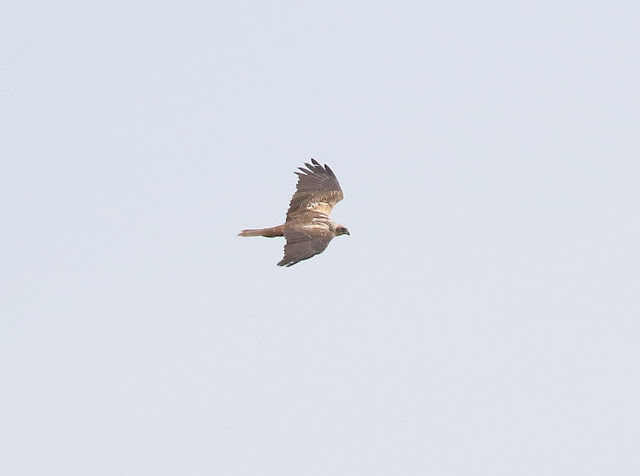








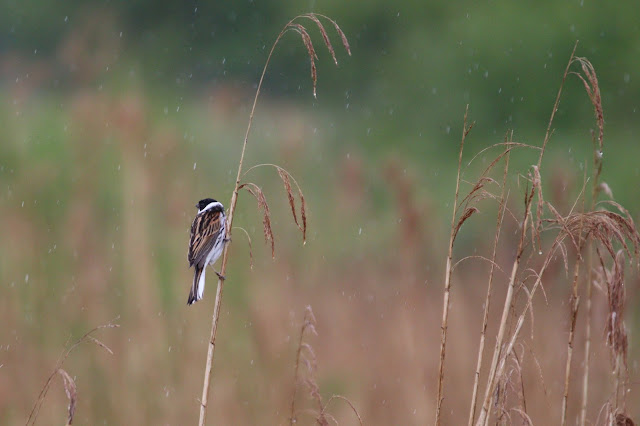

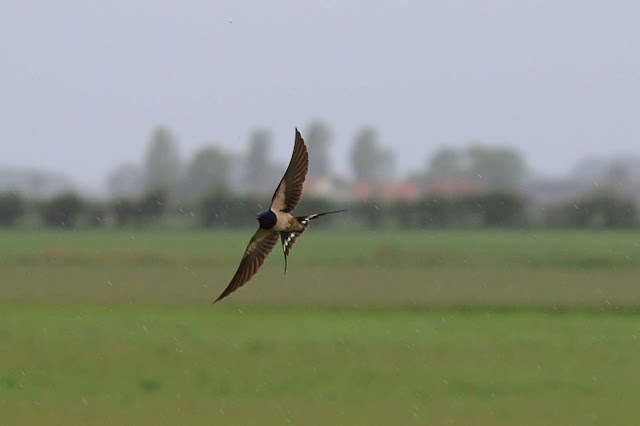




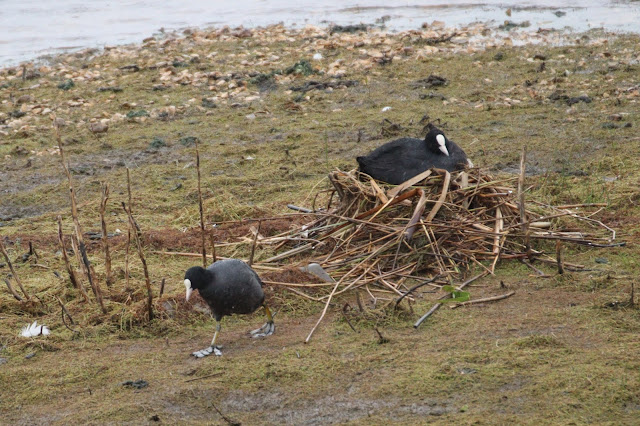
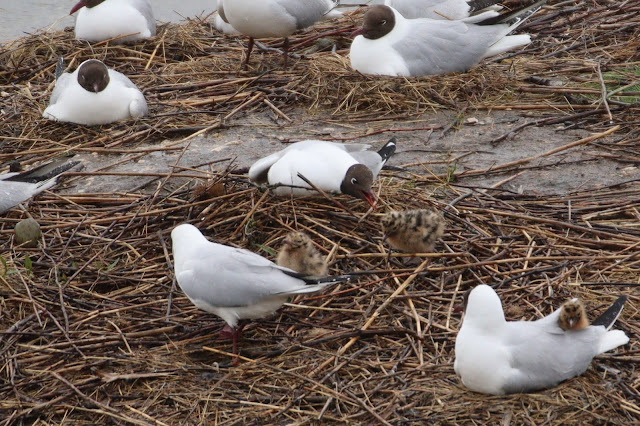



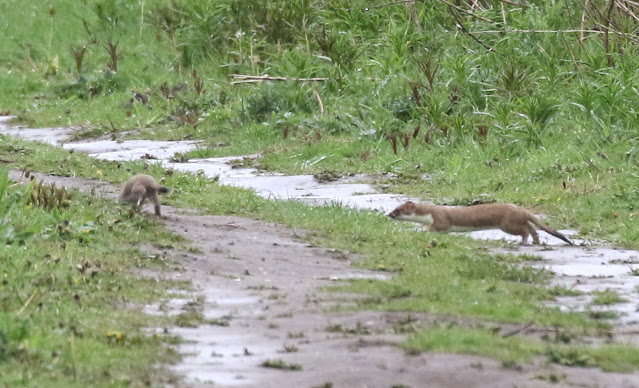










No comments:
Post a Comment